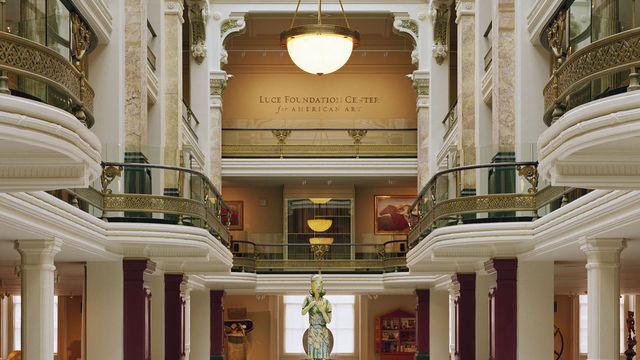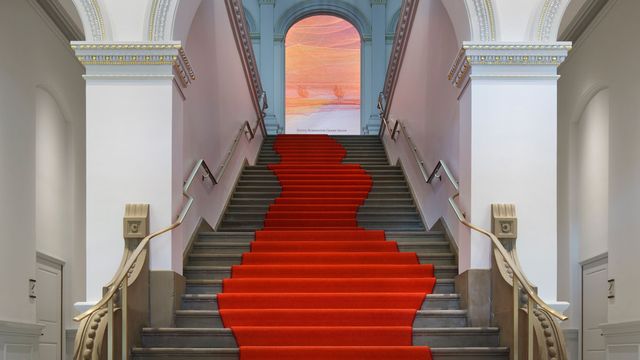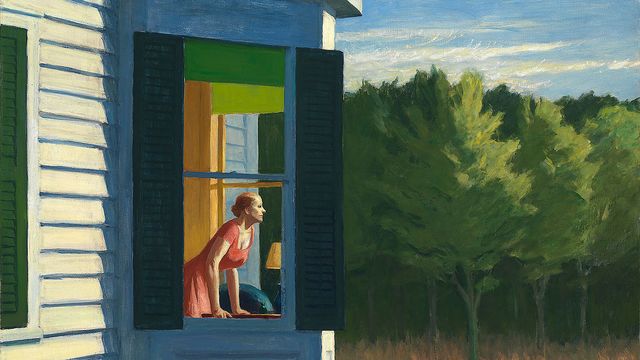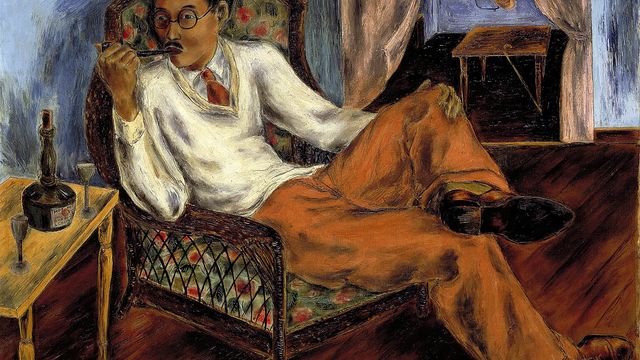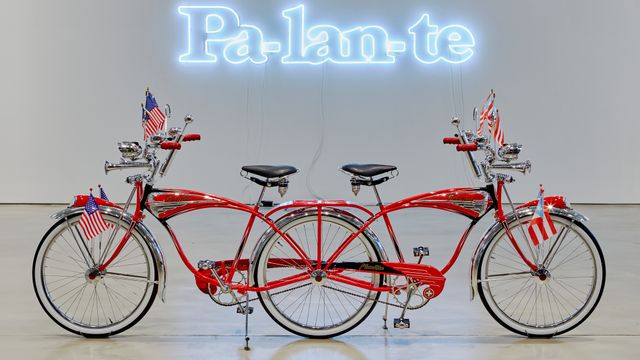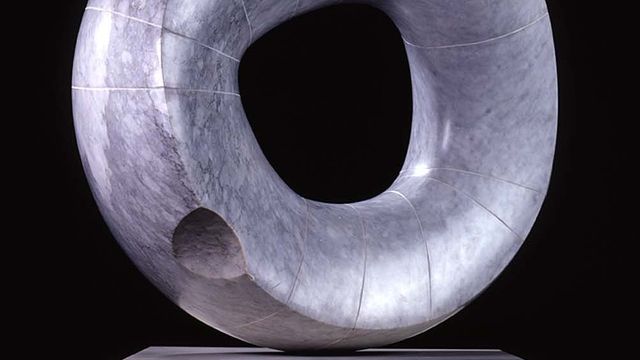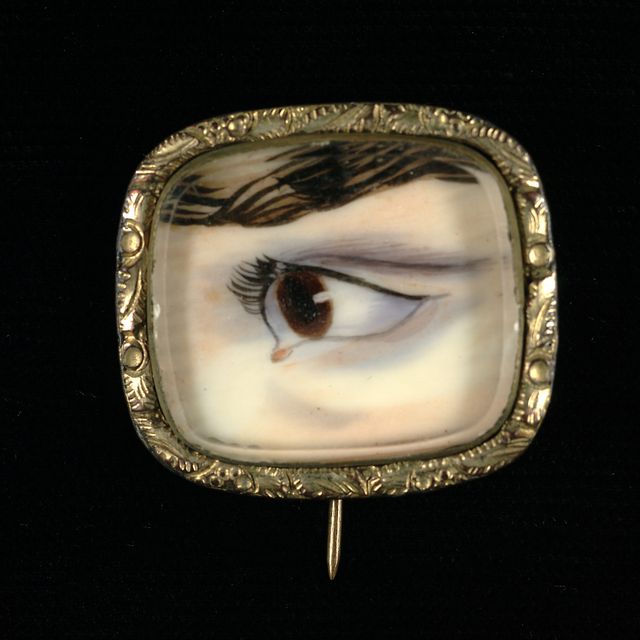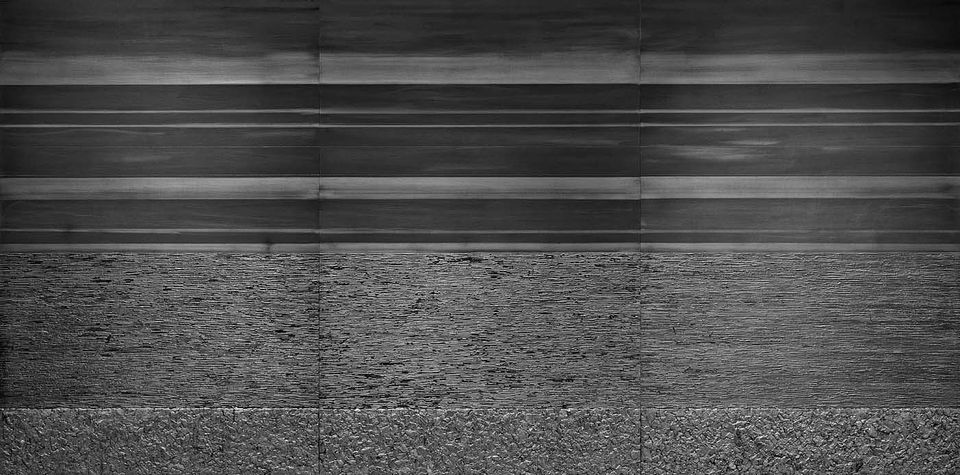
Teresita Fernández, Nocturnal (Horizon Line), 2010, solid graphite on panel, Smithsonian American Art Museum
About this Artwork
Fernández favors processed materials and minimalist forms that invite multiple interpretations. Nocturnal (Horizon Line) was inspired by the history of the valley of Borrowdale in Cumbria, England, where graphite was first mined. Fernández sought to create an image of nature forged from the earth itself. She studied graphite to learn how to manipulate a material closely associated with drawn representations of the landscape. Neither ecological concerns nor nationalist politics inform Fernández’s vision of the land. Rather, meaning derives from the interaction between the artist’s representation of nature and the spectator’s active engagement of her creation.
Acerca de esta obra
Fernández tiene preferencia por los materiales procesados y las formas minimalistas que invitan a interpretaciones múltiples. Nocturnal (Horizon Line) se inspiró en la historia del valle de Borrowdale en Cumbria, Inglaterra, donde se extrajo grafito por primera vez. Fernández buscó crear una imagen de la naturaleza forjada a partir de la tierra misma. Estudió el grafito para aprender cómo manipular un material estrechamente asociado con representaciones dibujadas del paisaje. Ni preocupaciones ecológicas ni el nacionalismo influyen en la visión del paisaje de Fernández. El significado más bien se deriva de la interacción entre su representación de la naturaleza y la mirada activa del espectador.
Videos
This audio podcast series discusses artworks and themes in the exhibition "Our America: The Latino Presence in American Art" at the Smithsonian American Art Museum. In this episode, artist Teresita Fernéndez discusses her work, "Nocturnal (Horizon Line)"
In this series, E. Carmen Ramos, curator of Latino art, discusses the exhibition Our America: The Latino Presence in American Art at the Smithsonian American Art Museum. This episode looks at the work Nocturnal (Horizon Line) by Teresita Fernández. Our America: The Latino Presence in American Art presents the rich and varied contributions of Latino artists in the United States since the mid-twentieth century, when the concept of a collective Latino identity began to emerge. The exhibition is drawn entirely from the Smithsonian American Art Museum's pioneering collection of Latino art. It explores how Latino artists shaped the artistic movements of their day and recalibrated key themes in American art and culture.
Clarice Smith Distinguished Lecture Series
Teresita Fernández is a contemporary artist based in New York. Her large-scale, sculptural works showcase her interest in perception, and are often inspired by landscape and natural phenomena, as well as diverse historical and cultural references. Fernández's work is included in numerous museum collections including the Museum of Modern Art; San Francisco Museum of Modern Art; the Walker Art Center, and the Smithsonian American Art Museum. She is the recipient of the MacArthur Foundation's "genius grant," a Guggenheim Fellowship, and a National Endowment for the Arts Grant. In 2011, Fernández was appointed by President Obama to the U.S. Commission of Fine Arts. Her work Nocturnal (Horizon Line) is part of the Our America: The Latino Presence in American Art, opening October 25 at the museum. Fernández will discuss three of her installation pieces and the evolution of her work.
Re:Frame
What do pencils, shiny rocks, and dead animals have to do with American art?
SAAM's Re:Frame explores American art’s many meanings and connections with experts across the Smithsonian.

